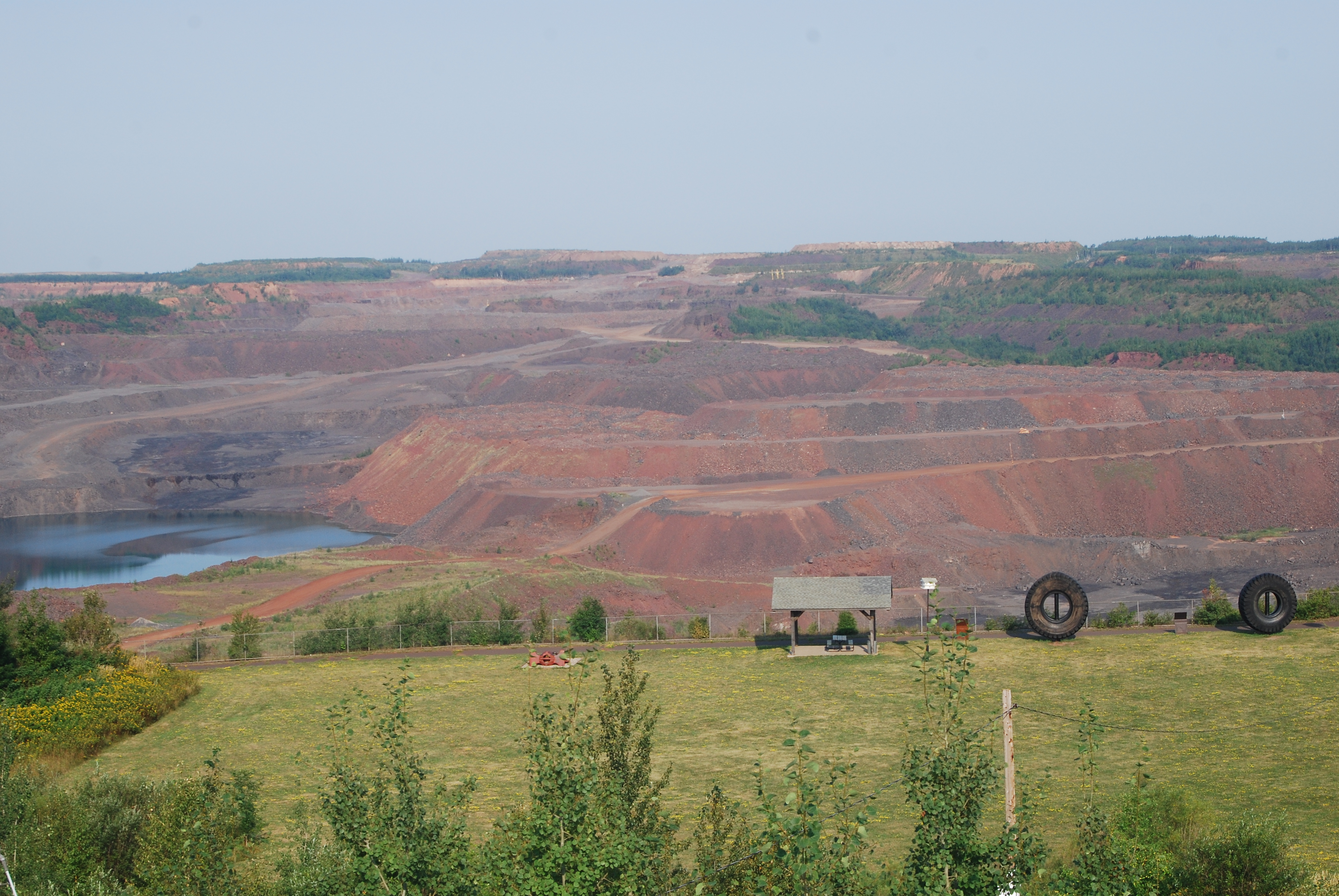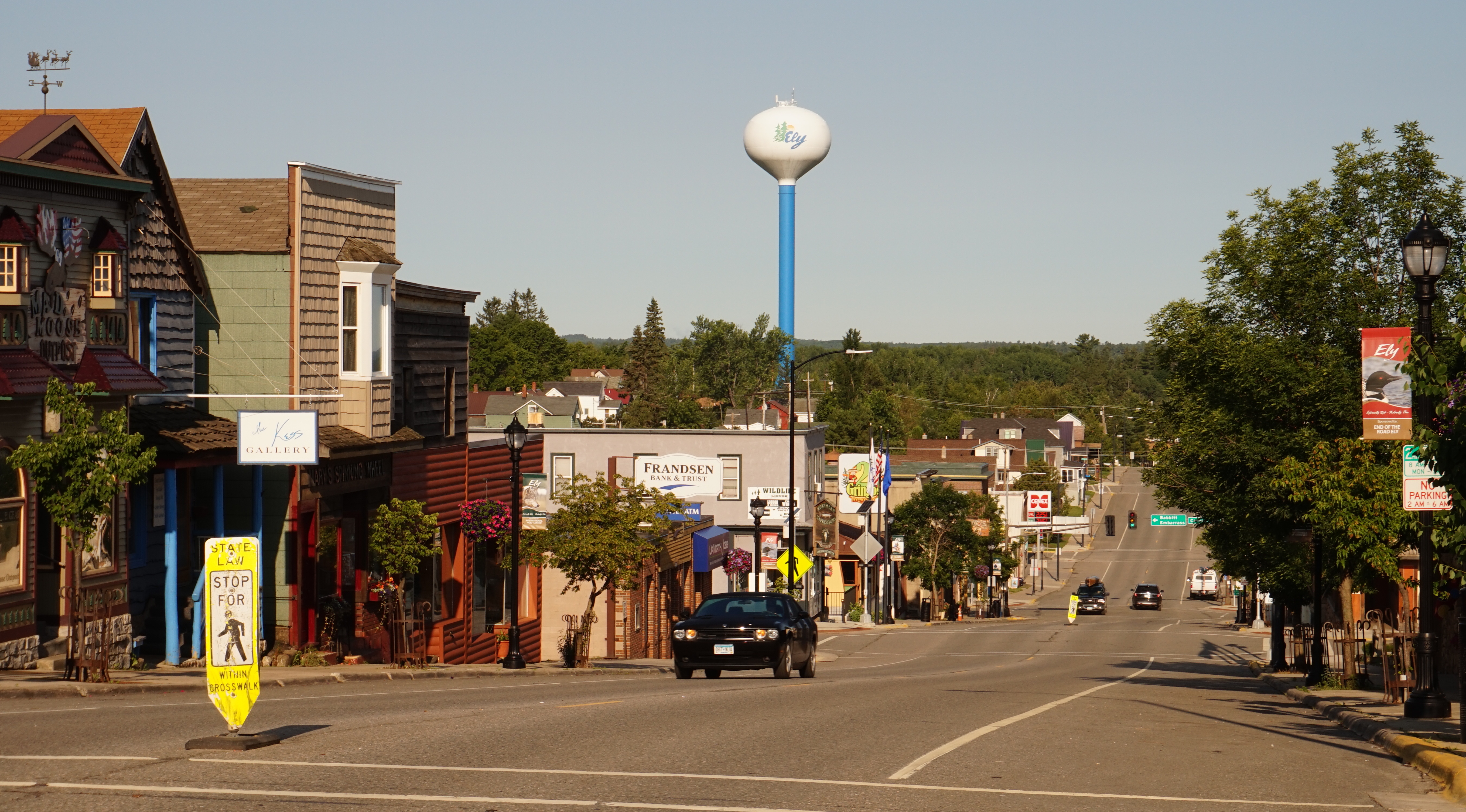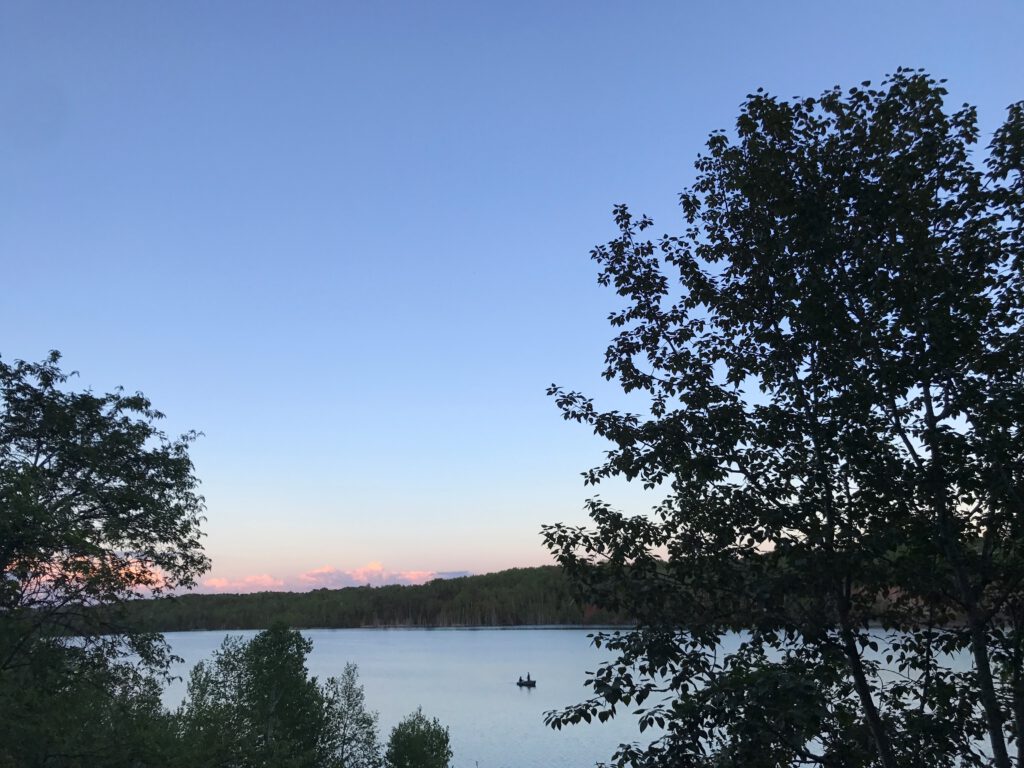Erik Kojola, PhD Candidate, Department of Sociology, University of Minnesota
Near the Iron Range of rural Northeastern Minnesota—historically one of the largest iron-ore producing regions in the U.S.—mining companies, investors, state politicians, and some residents envision a new resource boom based on untapped “world-class” copper and nickel reserves. Multiple mining companies backed by multinational investors are exploring underground reserves and several have proposed new mining projects. For decades, industry and government have known of these deposits, but they have not been developed because the low-grade ores were not economically viable. The combination of high global commodities prices and new more efficient technologies have now made the deposits economically attractive.

Figure 1: View of the Hull–Rust–Mahoning iron mine in Hibbing, Minnesota that is one of largest open-pit mines in the world (Credit: Erik Kojola)
The projects have sparked controversy over the potential environmental and economic impacts, and the proposals are embroiled in long environmental review processes. The prospect of both jobs and water pollution has created a rupture between two core Minnesotan identities—mining as a way of life and being the land of 10,000 lakes. There are no copper-nickel mines in the state and they raise new environmental and public health risks compared to the existing iron-ore mines. Some of the proposed sites are also near the Boundary Waters Canoe Area Wilderness (BWCA)—one of the most visited wilderness areas in the U.S. On the other hand, the Iron Range is struggling with a lack of good jobs and population loss as employment in the iron-ore mines has decreased, largely due to increased mechanization and changes in the global steel industry.
The conflicts over copper-nickel mines in Minnesota are emblematic of contentious resource extraction development going on across the globe. New sites and technologies for mining are generating tensions over uncertain future impacts to climate change, public health, and clean water. Decisions about development also raise complex challenges of how to sustainably and equitably supply society’s increasing resource demands and promote economic development in rural areas.
On the surface, much of the public and policy debate in Minnesota has focused on competing factual and scientific claims, such as whether the mines would contaminate water or if proposed engineering controls are adequate. Environmental groups highlight how the ores contain sulfides that generate acid and leach heavy metals when exposed to air and water. On the other hand, pro-mining groups claim that the companies will use effective state-of-the-art technologies and meet rigorous environmental standards.

Figure 2: Chapman Street in downtown Ely, Minnesota – a town near a proposed copper mine and the Boundary Waters Canoe Area Wilderness (Credit: Erik Kojola)
I have interviewed groups on both sides of the issue and spent a summer living in a town in Northeastern Minnesota getting to know the area and attending public hearings and events. I find that public mobilization is driven not only by objective scientific reality, but by emotional connections to the place, and class and cultural identities, such as being an Iron Range miner or a canoe enthusiast. The proposed mines have become controversial because of how they threaten culturally and emotionally meaningfully lakes and forests, and resonate with ideas about mining as a way of life. Both sides claim their opponents use emotion and not fact, but they all appeal to sentiments and nostalgia, evoking a family canoe trip or the heyday of mining when men made good money working in the mines.
The conflict has become about what different groups and communities think mining would mean for the future—a vision of a brighter economic future or a vision of a future with water contaminated and forests destroyed.
The conflict has become about what different groups and communities think mining would mean for the future—a vision of a brighter economic future or a vision of a future with water contaminated and forests destroyed. Supporters claim that the mines will provide a domestic source of metals necessary for the modern global economy and breathe life into rural mining towns struggling with unemployment and population loss. Opponents argue that the mines would contaminate the cherished sky-blue lakes of Northern Minnesota and degrade the wilderness experience of the BWCA for future generations.
People assess the potential impacts of mining through different social and class identities, and emotional connections to Northern Minnesota. Some rural white and working-class people who support the mines discount claims about potential environmental risk as the opinions of outsiders who do not really know the land. Pro-mining groups contend that mining has existed alongside clean water in Northern Minnesota for over a hundred years, and that the new mines will be no different. One local community leader told me that it was “bullshit” when people claimed the proposed mines would not be safe, maintaining the anti-mine campaign was a “public relations hoax.” He said the science was not that difficult and there is “no doubt that mining can be done right.” Working class mine supporters emphasize experiences with existing mines, such as catching fish in an old mine pit lake, to claim that the new mines would be safe—regardless of what scientific experts for environmental groups say. For mine supporters, the possibility of bringing prosperity to the region and a renewal of mining is worth what they see as minimal risks that can be managed with technology.
Environmentalists, many who have college and graduate degrees, often place greater trust in scientific experts’ assessment of environmental damages. These groups regularly claim that the science will support their position and advocate for science-based decision-making. Volunteers and staff members of environmental organizations talk about reading the science and realizing that the proposed mines are a risk to clean water, ecosystems, and wildlife. They often refer to the science being unequivocal that copper-nickel mining would pollute. One representative told me, “There’s no science that excuses, justifies, or supports putting a sulfide or copper mine in the watershed of the Boundary Waters.” Many scientists do support the position of environmental groups and provide supporting research. However, I also spoke with some scientific and governmental experts who challenged some of the dire claims about water pollution from acid mine drainage made by environmental groups. Science is often more complex than presented in the public, and the issues that make for good public relations are not always the most scientifically certain.
Many scientists do support the position of environmental groups and provide supporting research. However, I also spoke with some scientific and governmental experts who challenged some of the dire claims about water pollution from acid mine drainage made by environmental groups.
Yet, how environmental groups appeal to the public and what seems to motivate people’s involvement is also driven by an emotional connect to the place, such as transformative experiences as a child on a summer camp canoe trip. A young environmental organizer who moved to Minnesota a few years ago described how he got involved with the issue once he visited the area. “I was like ‘what are the Boundary Waters? What is this magical place?’ So, I ended up going up there and falling in love with it,” For mine opponents, the threat of environmental pollution is clearly supported by science, and the risks to a cherished place are too great.

Figure 3: Pro-mining rally in Virginia, Minnesota on July 25, 2017 before a U.S. Forest Service hearing on a proposed mining project (Credit: Erik Kojola)
Environmental policy is typically conceived as a rational process of evaluating facts in which competing stakeholders assert their authority through science in an informed rational public debate. I find that on the Iron Range, all stakeholders frame their positions in ways shaped by local cultures and place-based identities. This suggests that environmental policy-making is not merely an exercise of rationality but is also intertwined with culture, emotion, and politics, and how natural resources are made socially meaningful.
(Featured Image: Fishing on a lake at dusk in Northeastern Minnesota. Credit: Erik Kojola)
